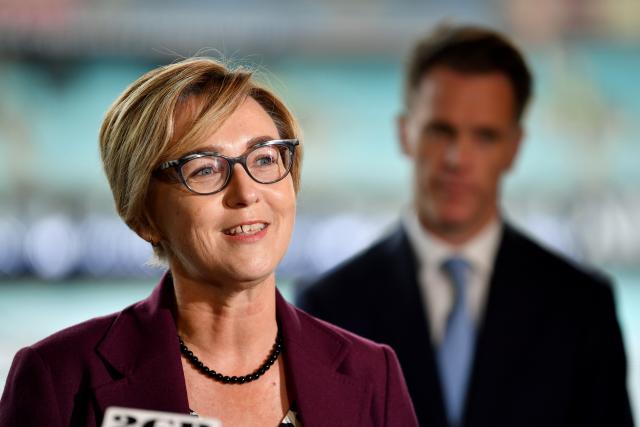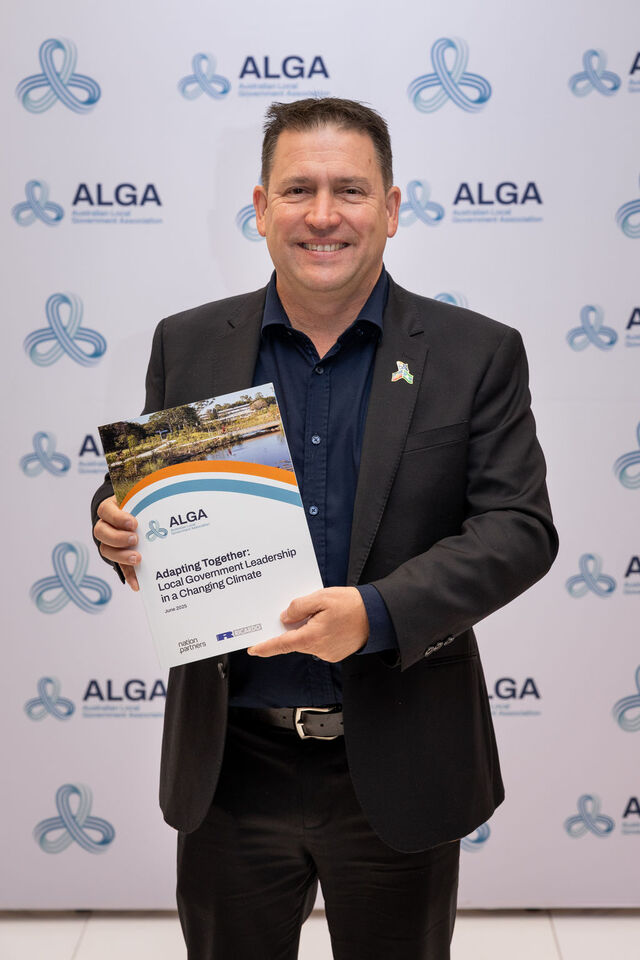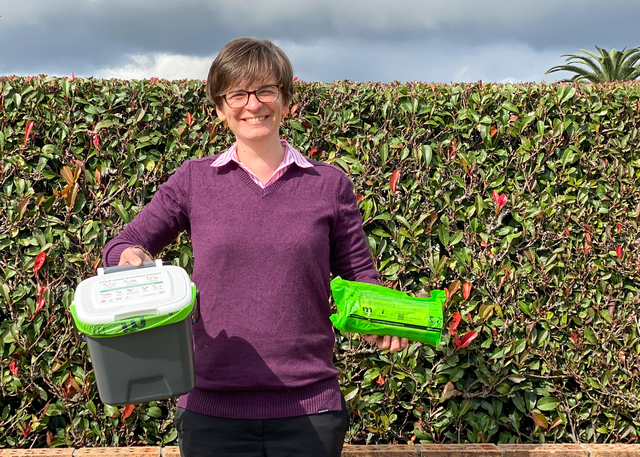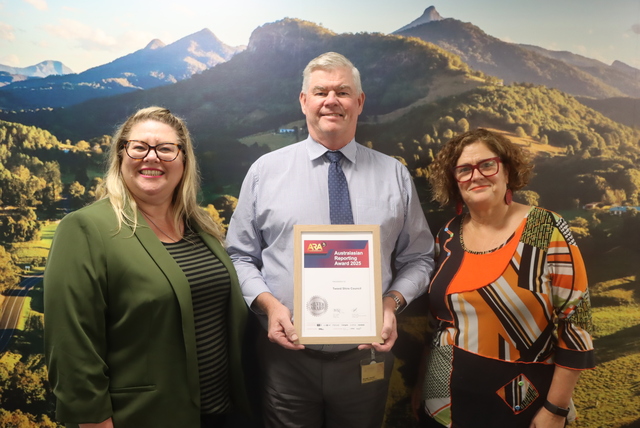Local Government faces a raft of challenges in 2012. On social, economic and political fronts, councils must deal with a fast changing and varied set of issues and concerns.
Local Government Focus looks at the issues facing the sector and some reactions from people working in Local Government throughout the year.
1. Climate change and the pricing of carbon
The arrival of the carbon tax on the political landscape has changed the debate on environmental issues. It came as a shock to some that landfill was a major source of greenhouse gas emissions.
ALGA President Genia McCaffery said Local Governments face the challenge of developing effective risk assessment and adaptation strategies as well as working with the new carbon price scheme which will impact on council activities both directly in the area of landfill waste and indirectly across councils activities.
“It is important that councils also identify and take advantage of the new clean energy package programs.”
Some councils, however, welcomed the change with Queensland’s Sunshine Coast Council Environment Portfolio Councillor Keryn Jones believing that, based on previous good planning, the carbon price of $23 per tonne will be absorbed with little pain due to more than three years of hard work.
2. Financial sustainability
The financial underpinnings of Local Governments remain an important cause of concern. It is an important issue as it is estimated that the total value of the Local Government sector in Australia was a staggering $311 billion.
Financial pressures to deliver local services, against a backdrop of economic upheaval across the world, remain an issue.
Tasmania’s Brighton Council Deputy General Manager Gregory Davroen believes there will always be increasing expectation from ratepayers for improved quality of services, but improvements must be delivered without a real increase in rates and charges.
“This can only be achieved through efficiency gains or external revenue streams.”
3. Constitutional recognition
The road to constitutional recognition is never smooth and it remains a touchstone issue.
ALGA President Genia McCaffery said the lack of recognition, the doubts about the validity of direct Federal funding through programs such as Road to Recovery and the Government’s commitment to a referendum by 2013 make this a key issue not just for councils but also local communities in 2012.
4. Local infrastructure funding
Local Government faces a myriad of infrastructure challenges both from booming populations and ageing roads, footpaths and buildings.
NSW’s Tamworth Regional Council General Manager Paul Bennett believes the biggest challenge for Local Governments is maintaining and replacing key infrastructure.
It is a massive funding task for Local Government with figures of $4 billion per annum and the scale of the estimated funding gap for local roads is in the order of $1.2 billion per annum.
5. Cost shifting and the Inter-Governmental Agreement
The cost agreement, which all levels of government signed in 2006, is being reviewed in 2012 and it is important for all councils.
Genia McCaffery said this agreement continues as an effective mechanism to stem the incidence of cost shifting onto Local Governments by State Governments in particular.
“Such cost shifting costs councils in excess of $500 million to $1 billion each year.” she said.
6. Population and settlement issues
Many councils are facing the pressures of a dramatically growing population in coastal areas and in capital cities.
While growth has slowed in Australian capital cities, population growth in Melbourne is nearly 1500 per week, while in Sydney it is 1400 per week.
The Federal Government has responded to the issue with a Sustainable Population Strategy which aims to address these population pressures.
At the report’s release, the council of Capital City Lord Mayors and Alderman said the strategy provides an important mechanism to deal with a growing population and changing Australian demographic.
7. Strengthening emergency management and disaster resilience
The severe weather events of recent years and the consequent natural disasters are expected to continue in 2012.
It is estimated that the catastrophes of 2011 have passed $4.3 billion in costs, according to final figures from the Insurance Council of Australia.
Genia McCaffery said the events underline the challenge for councils to strengthen the resilience of communities through better preparedness and more effective mitigation, including risk assessment and better land use planning and stronger recovery mechanisms.
Earlier this year, the ALGA called for a separate disaster mitigation fund.
8. The National Broadband Network and information technology
The National Broadband Network rollout is one of the immense infrastructure projects in Australia’s history.
The rollout of the NBN aims to deliver fibre optic cabling to 93 per cent of Australian homes by 2020. Delivering broadband speeds of 100 megabits per second, this would be 100 times faster than people on dial up currently experience, and 20 times faster than average broadband speeds.
Promising high speed internet transfer of data, it is set to revolutionise the way the people of Australia work and live.
NSW’s Kiama Municipal Council Sandra McCarthy said the rollout of the NBN presented Local Governments with many challenges and rewards.
She highlighted the importance of Federal and Local Governments working together to ensure the success of the project locally and nationally.
9. Workforce planning including skills shortages
Councils are struggling to effectively plan and manage their workforce requirements in the face of the mining boom, an ageing workforce and skills shortages for the public sector in areas like planning and engineering.
Western Australia’s Cockburn Human Resources Manager Margot Tobin believes that the biggest challenge is dealing with resources sector which is causing a two speed economy.
Earlier this year, LGMA National President John Bennie said Local Governments are finding it difficult to recruit talent with the required skills and experience.
“Increasingly our sector is making do by hiring staff with skills and experience lower than desired, just to get someone in the seat.”
10. Environmental and natural resource management issues
Many councils, especially those in the Murray Darling Basin, will be focused on water issues impacting on their local communities.
LGA President, Mayor Kym McHugh, said South Australia has worked hard to minimise its total take from the River.
“Councils across SA have actively changed their use of water over the past five years, particularly when watering parks and ovals,” he said.
“Use of recycled water from town wastewater systems run by Councils has increased by 7.534 gigalitres per year and a further 1.446 gigalitres will be saved through recent stormwater initiatives on top of earlier stormwater projects.”
Northern Territory’s Alice Springs Environment officer Reiner Laan said Local Governments were the closest link to the people and residents in the future.
“In the next 20 years integrated management of our water, energy and waste resources will play a key role and solutions should incorporate these areas to create sustainable solutions.”








